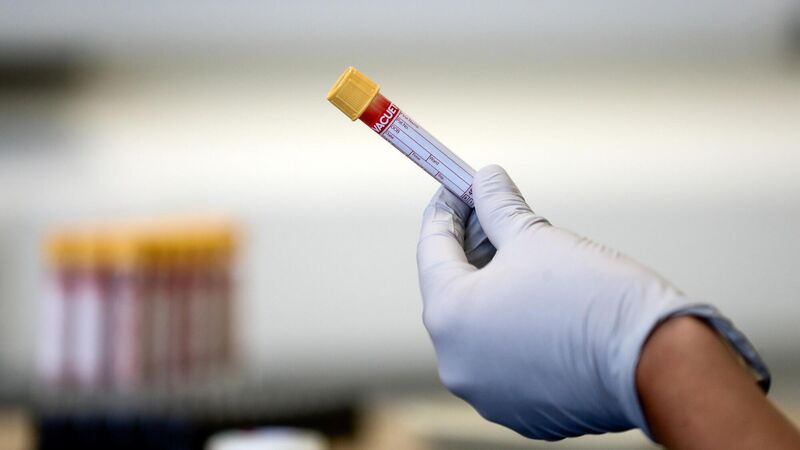Low screening means STI rates could be much higher

More than half of the study participants, 54.8%, reported never being tested for one or more STIs such as syphilis, chlamydia, HIV, or gonorrhoea. File photo: Simon Dawson/PA
The prevalence of sexually transmitted infections may be even higher than the reported figures, according to the authors of new research highlighting the low STI screening rate in young adults.
Data taken from 400 young people aged 18 to 34 found that more than half had never been tested for STIs. There also appeared to be differing attitudes towards testing between those who already had themselves tested and those who had not, in an age group that has consistently had the highest age-specific incidence rates of STIs.
The findings are contained in new research published in the Irish Journal of Medical Science. The research among you adults in Ireland found that 88% reported being sexually active during the past year. Most participants (35.3%) reported having one or two sexual partners during their lifetime, while 22.7% reported having more than 10.
Researchers led by Dr Niki Nearchou of the Psychology Facility and Resilience and Health Lab at University College Dublin also found that almost 60% of respondents said they use protection during their sexual encounters always or most of the time, and many of the 17% who reported that they always engage in unprotected sex were in a single committed relationship.
However, more than half of the study participants, 54.8%, reported never being tested for one or more STIs such as syphilis, chlamydia, HIV, or gonorrhoea.
According to the study: “Notably, of those participants who had more than two sexual partners in their lifetime, 39.4% reported never being tested for one or more STIs.”
It also found that 7.1% of respondents said they had previously contracted an infection, while 4.5% said they were unsure. Chlamydia was the most frequently reported STI, followed by HPV.
More than half of respondents said they strongly agreed that individuals should get tested even without symptoms, while 67.1% strongly agreed that testing is essential following unprotected sex.
As to the preferred method of notifying a partner in the event they were diagnosed with STI(s) themselves, 88% said they would prefer to notify their partners themselves, with only 10.9% reporting that they would prefer a healthcare provider to inform their sexual partner and 1% indicating that they would not inform their sexual partners at all.
According to the study: “Low testing rates become increasingly important and concerning when taking into consideration that in recent years in the Republic of Ireland, the young adult age group (up to 35 years old) has consistently had the highest age-specific incidence rates of STI infections.
The research also noted that the intention of participants to notify a partner for an STI or HIV was stronger when they were the source of an infection.
“This may indicate that participants could feel a personal burden or sense of guilt if they were to be the source of an STI.”
It added: “The significant differences in attitudes toward STI testing and in feelings of being judged in relation to visiting a sexual health clinic between people who have and have not been tested indicate that further action needs to be taken to address the stigma and shame associated with STI screening and sexual health clinic attendance which persists in Irish society.”










